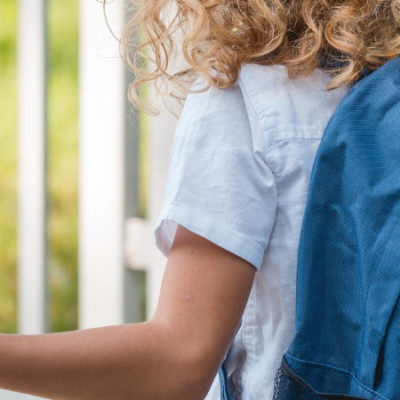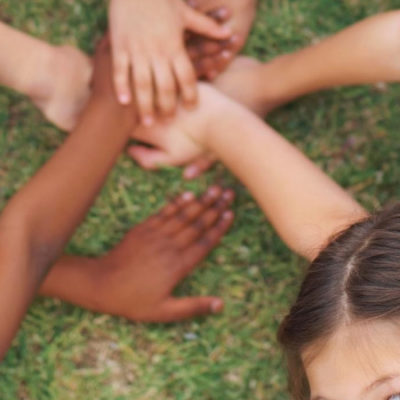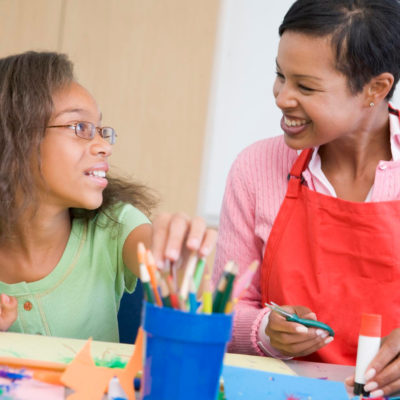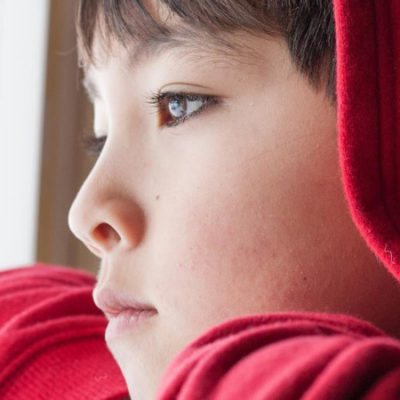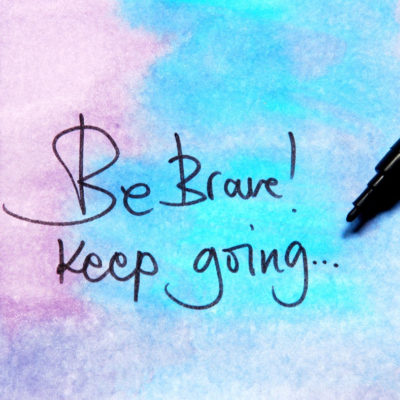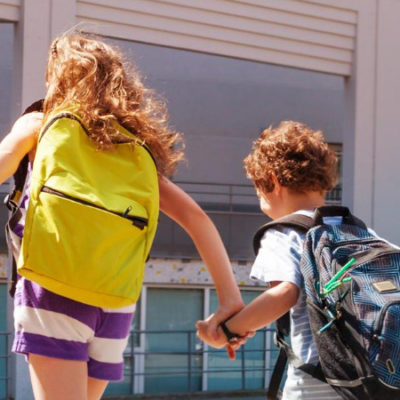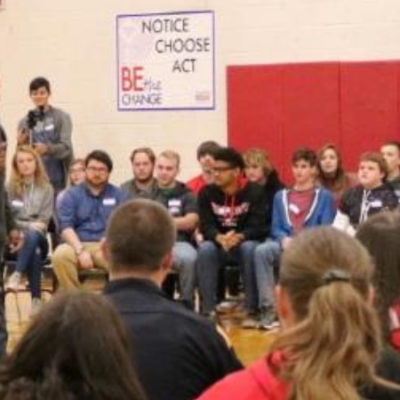It was just several weeks ago that the hustle and bustle of the school year had come to a close. We looked forward to the summer ahead, with plans to catch up on some long-neglected tasks and spend some time to recharge. For many of us, this also included spending some time reading. And while July is quickly coming to an end, there is still time to get our hands on some of the best books we can find to provide us the renewal, growth, or inspiration we’re looking for before we head back to school.
PSEC has reached out to a number of folks to share their favorite books and why, and over the next several weeks, we’ll be sharing them here and on social media (You can follow us here and here!), along with links to other articles on the topics of reading, literacy, and home/classroom libraries.
Here are ten suggestions for educators, from educators.
by Tammy Mulligan and Clare Landrigan is a powerful tool to add to any educator’s professional reading library. Tammy and Clare do an excellent job with providing suggestions for updating and optimizing classroom libraries, citing important research that student choice and engagement are key to producing lifelong readers. In addition, actual classroom scenarios and interactions between students and teachers are highlighted to help educators understand the importance of getting the right books into the hands of every student. Colorful photographs and online resources are also included, and readers will definitely go back to these helpful tools again and again as they use this text to transform their own collection of books. Classroom libraries are a vital component in promoting literacy, and this book helps to empower educators to build high-quality classroom libraries that are inviting and impactful for every student. — Laura Fornero, elementary reading specialist
by W. Thomas Boyce is an incredible book for professional educators as well as parents and anyone working with children and youth. Boyce translates decades of research on sensitive children into lucid language and clear examples. He provides important new insights into child development and sheds much needed light on how to help “sensitive children” thrive. He uses the term “dandelion” to describe children often known as resilient, who are able to thrive under challenging circumstances. “Orchids” refer to children who are wired to be sensitive to their environment, which can render them vulnerable to adversity., and he explains how nurturing helps them develop inner strength that will enable them to truly thrive. Research shows that as many as one out of five children are born orchids, and this book provides important information for anyone working with and caring about children. — David Walsh, Ph.D., educator, psychologist, and author and co-founder of Spark & Stitch Institute
by Lisa Damour, Ph.D. is a must-read book. Anxiety and stress are currently the top reasons why educators, counselors and parents seek help and support from colleagues and professionals. There are many books, articles and current clinical recommendations on how to best understand and treat anxiety but what is often missing is how to live with and love young people experiencing it. How do family members and parents unconditionally love their children and simultaneously coach them in the direction of health and wellness? Teachers and school counselors are also in need of concrete ways to understand the appropriate limits for these students while maintaining a learning environment. Under Pressure is a clear, concise read, dense with actionable and fresh perspectives on stress and anxiety in our young girls. — Sara Burd, counselor, educator, and artist
by Patricia Jennings shares research and experiential knowledge about practices that support students’ healing through creating compassionate classrooms. Trauma, violence, and chronic stress affect nearly half of students in U.S. schools today. Yet, most teachers know very little about how to help students develop strategies of resilience, regulation, and healing. This practical book is broken into three parts. In Part I, Jennings shares how trauma affects the body and mind, provides tools for how to identify trauma through child behavior. In Part II, trauma-sensitive practices are explained. These practices are especially useful for teachers who may feel isolated or unsupported in their larger school community, since many of the practices can be thoughtfully executed at a classroom level. In Part III, we learn more about how connectedness and mindfulness relate to trauma and the brain. This book offers a new and empowering outlook on what is often disregarded as “disruptive behaviors” in our classrooms. — Kerry Grove, first grade teacher
by Julie Lythcott-Haims to be enlightening for both parents and educators. Lythcott-Haims is a keen observer of current parenting trends. As the Dean of Freshmen at Stanford University, she observed undergraduates whose parents talked to their professors for them, called their employers, and found them their first apartments. She feels that parents are robbing their children of their independence and agency, and are therefore creating dependent and anxious adults. As a parent, I recognized my worst impulses, born out of good intentions, in the book and used it as a road map for change. As a teacher, I also see so many students crippled by anxiety which may be partially caused by “overparenting” that the author describes in the book. Lythgott-Haims writes in an engaging and humorous way and includes a lot of universally recognizable anecdotes. — Laura Warren, reading specialist
by Anya Kamenetz is the perfect mix of research, testimonials, and real life experiences to help parents navigate this new era of technology-rich living while working hard to raise healthy, productive children. Kamenetz is a well-respected NPR reporter and researcher who encourages a non-judgmental approach to including the power and joy of technology in your family as a way to interact with the world, in balance with many other physical and interactive activities. As an educator who works in the classroom, administrator, and consultant in the areas of digital learning, parenting, and citizenship, I recommend this book to parents, teachers, and technology administrators all the time. — Kerry Gallagher, assistant principal and educational technology coach
By Julie M. Wilson is a must-read for any educational leader looking to guide their stakeholders through different kinds of change. It includes questions for reflection and action, questionnaires, and stories from the field that will prove to be invaluable in the training and support of the entire team. It’s also a great book for teachers and educators to understand why there is a need for change and how we can best work together to prepare our students for the future that awaits. — Patrick Daly, assistant superintendent
by Marcia L. Tate, an internationally-known educational consultant who has taught more than 500,000 teachers, parents, and administrators. This easy-to-read guide provides 20 ways to increase children’s brain power. Each chapter provides a strategy and gives meaningful examples of how to implement it. Chapters have segments including, “What Does That Mean?” and “How Can I Make It Happen?” to clarify the plan of action. — Warren Phillips, science teacher and inducted member of the national Teachers Hall of Fame
by Lisa Guernsey and Michael Levine. Book or tablet? iPad or lap? Trying to understand how screens and technology shape core skills like literacy is difficult given the pace of technological change and the complexity of children’s learning. This book takes an approachable, thorough and nuanced look at reading and literacy in the digital age. Instead of wading into the “good vs. bad” debate, the authors skillfully translate the research and suggest concrete strategies for choosing technology that promotes, rather than undermines, literacy development. This is a great book for parents and educators alike, who want to help children make the most of the digital world by embedding new tools within caring relationships and interactions. For anyone who cares about literacy, equity, and young children, this book is a practical and illuminating read. — Erin Walsh, Spark & Stitch Institute
by Hans Rosling is a particularly insightful resource. As a middle school math teacher, I utilized Han Rosling’s website Gapminder to demonstrate how numbers reveal unseen truths, challenge unconscious assumptions, and transform the ways we understand our worlds. As I read Factfulness, I imagined it as required reading for all middle and high school students. It provided me with a different perspective on mathematical history and introduced me to new hopes for our future. — Keith Grove, math teacher
You can find a PDF of our recommendations here.
If you buy something through our links, we may earn an affiliate commission. Thank you for reading and supporting PSEC.

